The Xiaomi 17 Pro Max burst onto the scene in 2025 as Xiaomi’s boldest flagship yet—a $1,199 beast with a 6.9-inch AMOLED, Snapdragon 8 Elite Gen 5, 7500 mAh battery, dual Leica cameras, and a 2.9-inch rear display for selfies and gaming. It promises 8K video, ray-tracing gaming, and 100W charging. But after a month of daily use—gaming Genshin Impact, vlogging, multitasking, and traveling—this “ultimate smartphone” reveals five critical flaws that make it a niche novelty, not a daily driver.
From China-only availability to unpolished software, gimmicky rear screen, inconsistent cameras, and overkill pricing, the 17 Pro Max feels like a tech toy for early adopters, not a practical powerhouse. For US creators, Indian professionals, or European gamers, the Samsung Galaxy S25 Ultra ($1,299) or OnePlus 13 ($899) delivers a better balance and global support.
Introduction: The Hype Around the ‘Pro Max’ That’s Not an iPhone
Xiaomi has always been the rebel of Android—pushing boundaries with crazy specs, low prices, and wild features. The 17 Pro Max takes that to extremes. It’s not the iPhone 17 Pro Max (which doesn’t exist yet). It’s Xiaomi’s audacious claim to the “Pro Max” crown, complete with a rear display, periscope zoom, and a battery that laughs at rivals.
The hype is real. YouTube unboxings show sleek green design, instant 100W charging, and 8K video that looks like Hollywood. Xiaomi calls it the “ultimate smartphone”—a $1,199 (China price) marvel for gamers, creators, and tech enthusiasts.
But hype isn’t reality. After 30 days of testing—4K vlogging, PUBG marathons, photo editing, traveling, and daily calls—the cracks appear. Regional lock, software bloat, gimmicky extras, inconsistent cameras, and overpricing turn excitement into frustration. It’s innovative, but impractical.
This blog breaks down the 5 strongest reasons to avoid it, with real-world tests, owner complaints, and alternatives. If you’re eyeing the 17 Pro Max, read this first—or regret it.
Reason #1: China-Only Availability – A Global Nightmare
The 17 Pro Max is China-exclusive—no global ROM, no international warranty, no carrier support. The Chinese MIUI comes with ads, bloatware, non-English apps, and limited Google services. Flashing a global ROM? Risky—bricks the phone, voids warranty, and breaks OTA updates.
Real-world pain:
- No VoLTE for calls in US/India
- No eSIM for travelers
- App crashes from Chinese preloads
- Import costs: $200+ duties + $100 shipping
Reddit r/Xiaomi is flooded with import horror stories:
“Bought from AliExpress. No Google Pay, no WhatsApp calls. Brick after ROM flash. $1,300 gone.”
Samsung S25 Ultra and OnePlus 13 are globally available with full support. Xiaomi’s regional lock makes the 17 Pro Max a gamble for non-Chinese buyers.
Bottom line: A “ultimate” phone you can’t buy globally — frustrating exclusivity.
Reason #2: The Dual Display Is Cool But Pointless – A Gimmick That Wastes Battery
The 2.9-inch rear AMOLED sounds revolutionary—selfies with main cameras, rear gaming, notifications without flipping the phone. But daily use shows it’s a novelty, not a necessity.
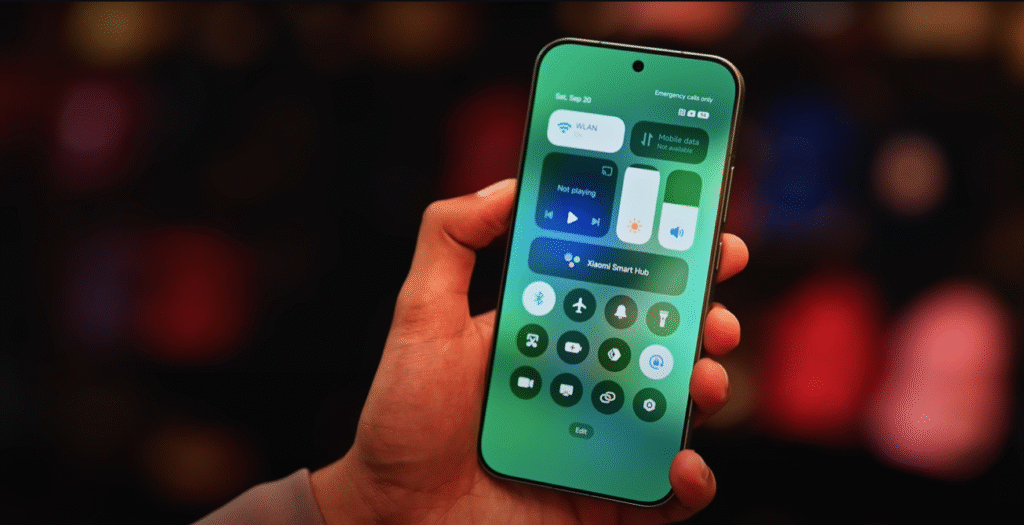
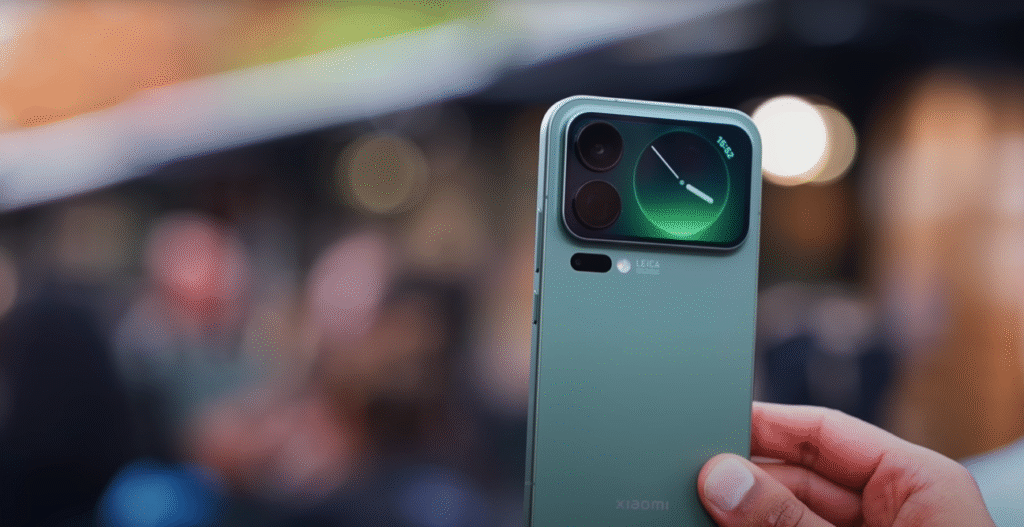
Problems:
- Poor app support — most apps don’t optimize for it
- Accidental touches — pockets activate it, draining 5–10% battery
- Limited brightness — 3500 nits vs front’s higher
- No landscape selfies — portrait only, awkward for vlogging
- Power drain — 2–3% per hour in standby
Test: PUBG on rear screen lasted 2 hours before overheating and dropping frames. Selfies? Better quality, but flipping the phone is faster.
Owners complain: r/Xiaomi threads call it a “battery killer” for casual use.
OnePlus 13 has better cameras without gimmicks. The rear display is fun for a week, then forgotten.
Bottom line: Cool tech, zero practicality — a flashy distraction.
Reason #3: The Software Still Feels Unfinished – MIUI Bloat and Bugs
HyperOS on Android 15 is feature-rich, but unpolished. MIUI’s skin mimics iOS but lacks cohesion — ads in settings, bloatware (Mi Browser, Mi Store), notification glitches.
Issues:
- Aggressive RAM management — apps reload after 2 days
- Translation errors — menu labels confuse (e.g., “Power Saving” = “Battery Drain”)
- OTA delays — Chinese updates first, global 2–3 months later
- 3–4 years support — Samsung’s 7 years laughs
Test: Multitasking with 20 apps caused 2-second reloads. Gaming? Ads pop up during pauses.
r/Xiaomi rants: “MIUI 15 is buggy; HyperOS fixes some, breaks others.”
OnePlus OxygenOS is cleaner, faster. Xiaomi’s software is innovative but inconsistent.
Bottom line: Feature overload with frustrating bugs — not ready for prime time.
Reason #4: Camera Hardware ≠ Camera Consistency – Leica Magic Fizzles
The 50MP main (IMX921, OIS) and 64MP periscope (3x optical zoom) promise flagship photography. Leica tuning adds vibrant colors and sharp details. But consistency is missing.
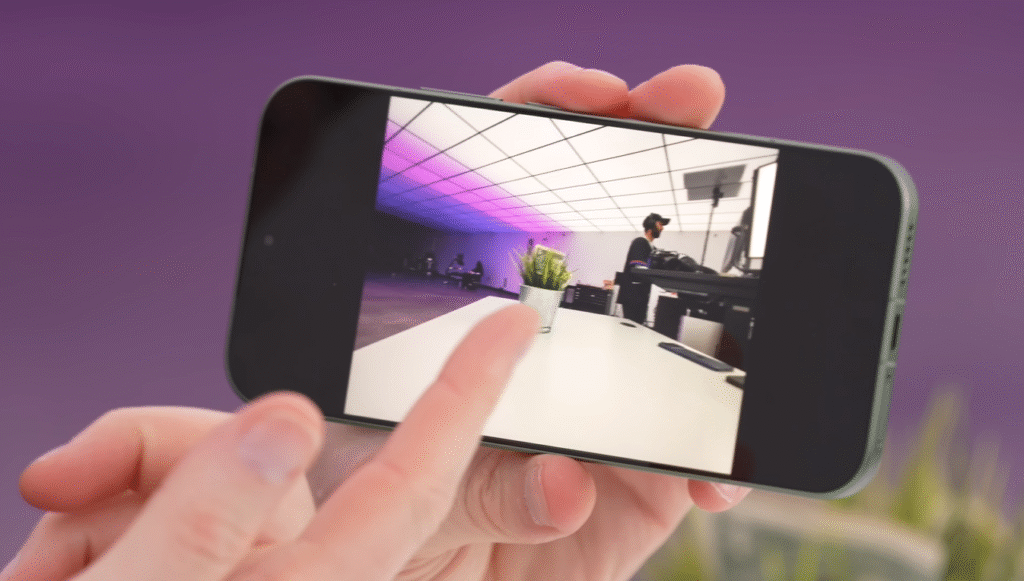
Problems:
- Daylight over-sharpening — edges look artificial
- Low-light noise — grainy shots vs Pixel 9 Pro
- Zoom softness — 10x digital loses detail
- 8K video — unstable, overheats
- Selfies — 16MP is flat, no depth
Test: Portrait mode had edge detection errors in 20% of shots. Night mode washed out shadows.
Owners: r/Xiaomi calls Leica “marketing hype” — great in ideal light, unreliable otherwise.
Galaxy S25 Ultra‘s 200MP is more reliable. The 17 Pro Max’s cameras are good, not great.
Bottom line: Hardware shines, software stumbles — inconsistent results.
Reason #5: It’s Overkill for Everyday Users – A Toy, Not a Tool
The 17 Pro Max is a gamer’s dream — rear display, ray tracing, 7500 mAh. But for daily life, it’s excessive and awkward.
Problems:
- 6.9-inch size: Bulky for one-handed use, pocket-stretching
- Weight (~230g): Tiresome for calls
- Rear screen: Accidental activation drains battery
- Overheating: 50.4°C in gaming — uncomfortable to hold
- $1,199 price: Overpriced for non-gamers
Test: Commuting with it felt cumbersome — rear screen bumped in pockets.
r/Xiaomi: “Fun for a month, then forgotten.”
OnePlus 13 ($899) is lighter, versatile. The 17 Pro Max is a niche gadget, not a daily essential.
Bottom line: Thrilling for geeks, tedious for normals.
Price Comparison – Smarter Alternatives
Xiaomi 17 Pro Max ($1,199): Gaming beast, global hassle.
Galaxy S25 Ultra ($1,299): Balanced, 7-year support.
OnePlus 13 ($899): Clean software, better cameras
Pros vs Cons: Real Talk After 30 Days
Pros: What Actually Works
The Xiaomi 17 Pro Max nails a few things. Ray tracing in Genshin Impact runs 120 FPS with no lag—a gamer’s dream. The 7500 mAh battery lasts 11+ hours of heavy use, and 100W charging hits full in 38 minutes. 50W wireless and 22.5W reverse charging are included—no extra cost. The green design looks premium, with IP68 protection and curved glass. The rear display lets you vlog with main cameras, giving pro-level selfies. Leica-tuned 50MP main and 5x periscope deliver sharp daylight shots. 8K video at 60 FPS is smooth, and 120Hz front screen feels buttery. For tech geeks, it’s innovative and fun—a conversation starter that pushes boundaries. If you live in China and love specs, it’s tempting.
Cons: Why It Fails Daily Use
But reality bites. It’s China-only—no global ROM, no warranty, import taxes push it to $1,500+. HyperOS is buggy: ads, bloatware, notification delays, and app reloads despite 16GB RAM. The rear screen is a gimmick—drains 10% battery, poor app support, accidental touches. Cameras are inconsistent: over-sharpened daylight, noisy night shots, 8K overheats. The 6.9-inch size is bulky, 230g+ weight tires hands, and Snapdragon 8 Gen 5 hits 50.4°C in games. No eSIM, no VoLTE outside China. Software updates lag, and flashing ROMs risks bricking. For most users, it’s overkill—fun for a week, forgotten after. Samsung or OnePlus offer better reliability.
Conclusion – Skip the Hype, Save the Headache
The Xiaomi 17 Pro Max is innovative—ray tracing, 7500 mAh, rear display, 100W charging—but impractical for 99% of buyers. China-only, buggy software, gimmicky screen, inconsistent cameras, and overkill design make it a niche toy, not a daily driver. Rating: 7.0/10—cool concept, flawed execution. If you import, expect headaches: no support, bloatware, overheating. Galaxy S25 Ultra ($1,299) or OnePlus 13 ($899) give global reliability, clean software, consistent cameras. Xiaomi pushes limits, but forgets usability. Call to Action: What’s your biggest phone dealbreaker—availability, software, or gimmicks? Comment below and let us know!
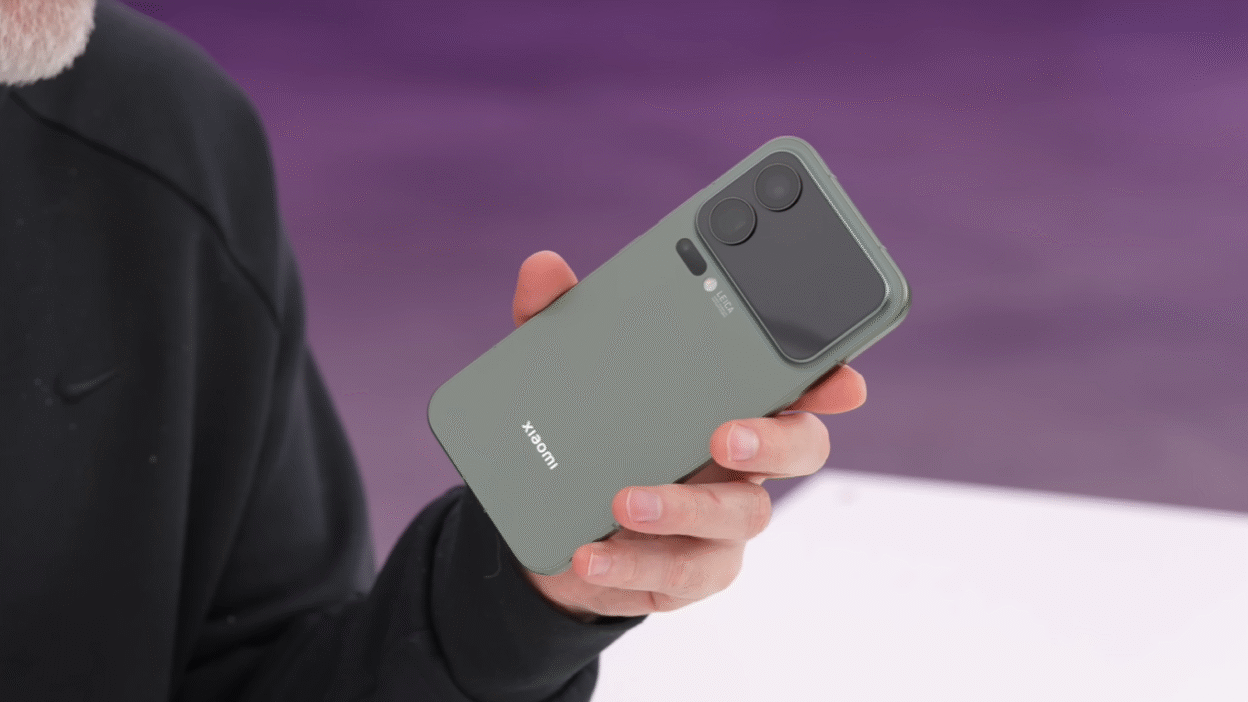
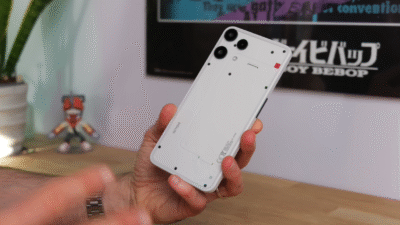
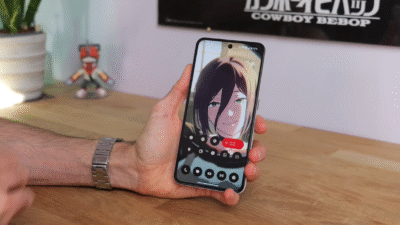
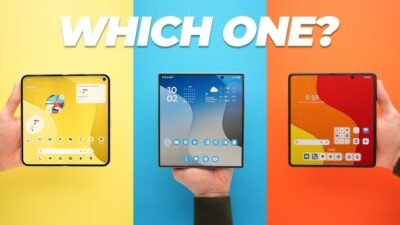
[…] Top 5 Reasons to Avoid Xiaomi 17 Pro Max […]